Market Analysis
In-depth Analysis of EMEA Wearable Medical Device Market Industry Landscape
The wearable medical device market has witnessed remarkable growth in recent years, driven by the increasing adoption of advanced healthcare technologies and a growing focus on personal health and wellness. These devices, designed to monitor and manage health-related data in real-time, have become an integral part of modern healthcare strategies. The market dynamics of wearable medical devices are shaped by several key factors.
One of the primary drivers of the wearable medical device market is the rising prevalence of chronic diseases. Conditions such as diabetes, cardiovascular diseases, and respiratory disorders require continuous monitoring, and wearable devices offer a convenient and non-intrusive way to track vital health metrics. The ability of these devices to provide timely data to both patients and healthcare professionals enables proactive management of chronic conditions, leading to better outcomes and reduced healthcare costs.
Technological advancements play a pivotal role in shaping the market dynamics of wearable medical devices. Continuous innovations in sensor technologies, data analytics, and connectivity have resulted in the development of more sophisticated and accurate devices. Improved sensors enable the collection of a wide range of health data, including heart rate, blood pressure, glucose levels, and activity levels. Integration with advanced analytics platforms allows for meaningful interpretation of this data, empowering individuals and healthcare providers with actionable insights.
The increasing emphasis on preventive healthcare and a shift towards patient-centric care models contribute significantly to the growth of the wearable medical device market. Wearables enable individuals to take an active role in managing their health by providing real-time feedback on lifestyle choices and encouraging healthier habits. Additionally, healthcare providers can leverage the data generated by these devices to personalize treatment plans and interventions, leading to more effective and patient-specific care strategies.
Market dynamics are further influenced by the growing consumer awareness of health and wellness. As individuals become more conscious of the importance of preventive healthcare, there is a rising demand for wearable devices that not only monitor health but also offer features such as fitness tracking, sleep monitoring, and stress management. This consumer-driven demand fuels the expansion of the wearable medical device market, with manufacturers constantly innovating to meet evolving user expectations.
Regulatory considerations also play a crucial role in shaping the dynamics of the wearable medical device market. Striking the right balance between innovation and ensuring the safety and efficacy of these devices is a challenge for regulatory bodies worldwide. Stringent regulatory requirements may impact the time-to-market for new products, but they also contribute to building trust among users and healthcare professionals. Compliance with regulatory standards is essential for market players to establish credibility and gain widespread acceptance.


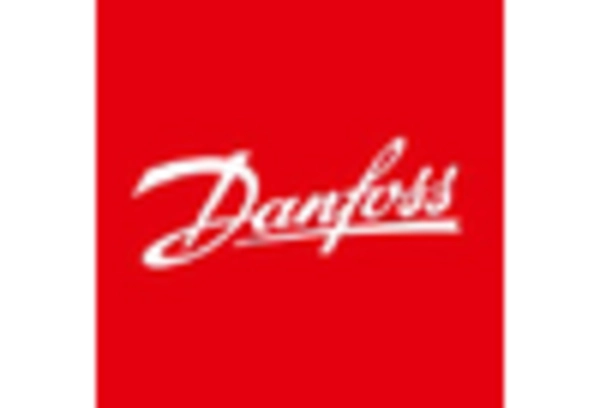
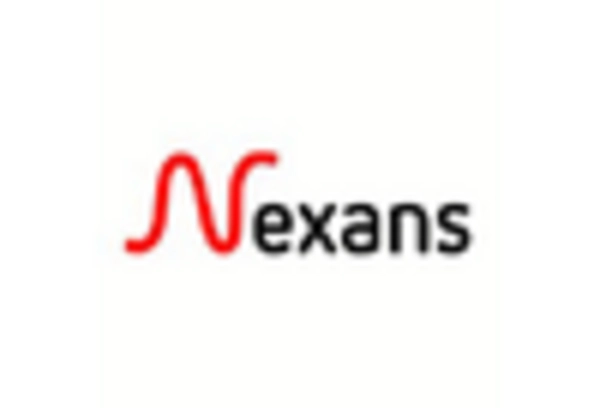
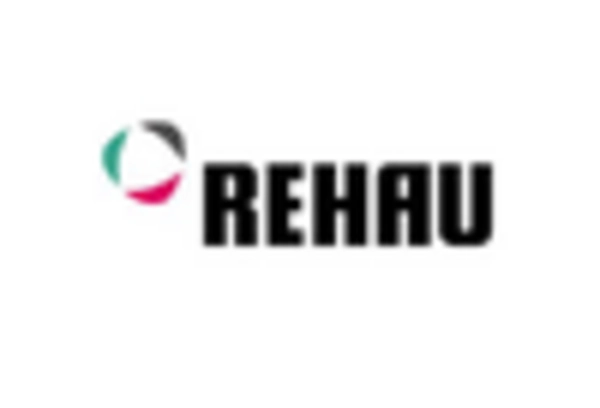
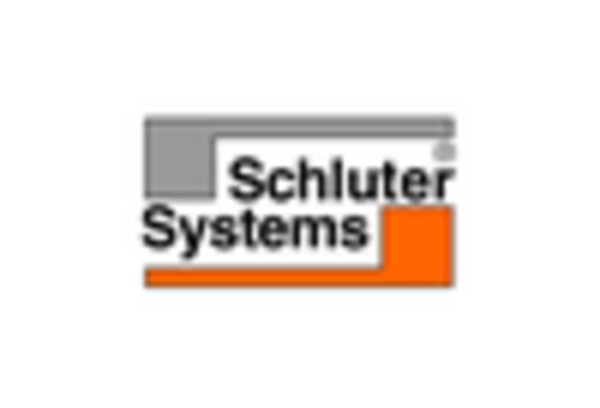
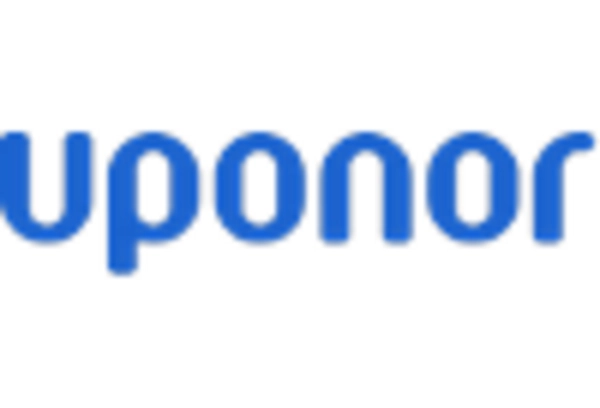
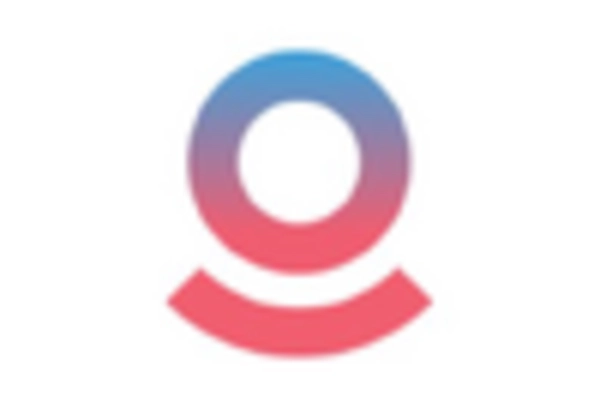

Leave a Comment